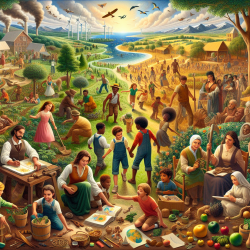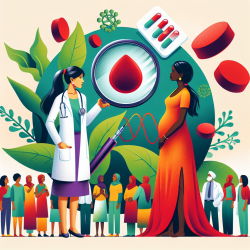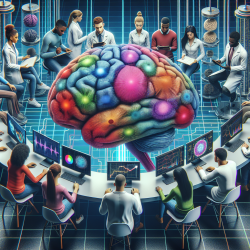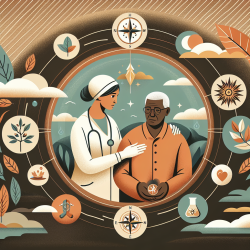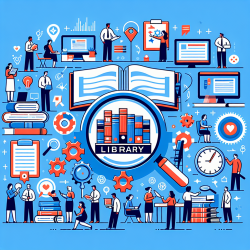Introduction: A New Era for Community Development
The COVID-19 pandemic has highlighted the interconnectedness of global challenges such as climate change, cultural ethnocentrism, and wealth inequality. As communities strive to rebuild, a focus on natural and cultural capital offers a promising path forward. This blog explores insights from the research article "Tethering Natural Capital and Cultural Capital for a More Sustainable Post-COVID-19 World" to guide practitioners in enhancing child well-being through sustainable community development.
The Role of Natural and Cultural Capital
Natural capital refers to the living and nonliving components of ecosystems that provide goods and services essential for human well-being. Cultural capital encompasses the shared values, traditions, and perspectives that support community identity and cohesion. Together, these forms of capital can drive sustainable development and improve outcomes for children.
Practical Steps for Practitioners
- Integrate Ecosystem Services: Recognize the value of ecosystem services such as clean air, water, and biodiversity in community planning. Encourage outdoor activities that connect children with nature, fostering physical and mental health.
- Preserve Cultural Heritage: Support initiatives that celebrate and sustain local cultural practices. This can include language preservation programs, traditional arts and crafts, and community storytelling events.
- Engage Local Communities: Involve community members in decision-making processes to ensure that development projects reflect local needs and values. This participatory approach can enhance social cohesion and empower residents.
Encouraging Further Research
Practitioners are encouraged to delve deeper into the connections between natural and cultural capital and community well-being. By examining case studies and collaborating with researchers, practitioners can develop innovative strategies to support sustainable development and child well-being.
Conclusion: A Call to Action
As we navigate the post-pandemic world, leveraging natural and cultural capital offers a pathway to sustainable community development and improved outcomes for children. By integrating these concepts into practice, practitioners can help build resilient communities that thrive both now and in the future.
To read the original research paper, please follow this link: Tethering Natural Capital and Cultural Capital for a More Sustainable Post-COVID-19 World.
